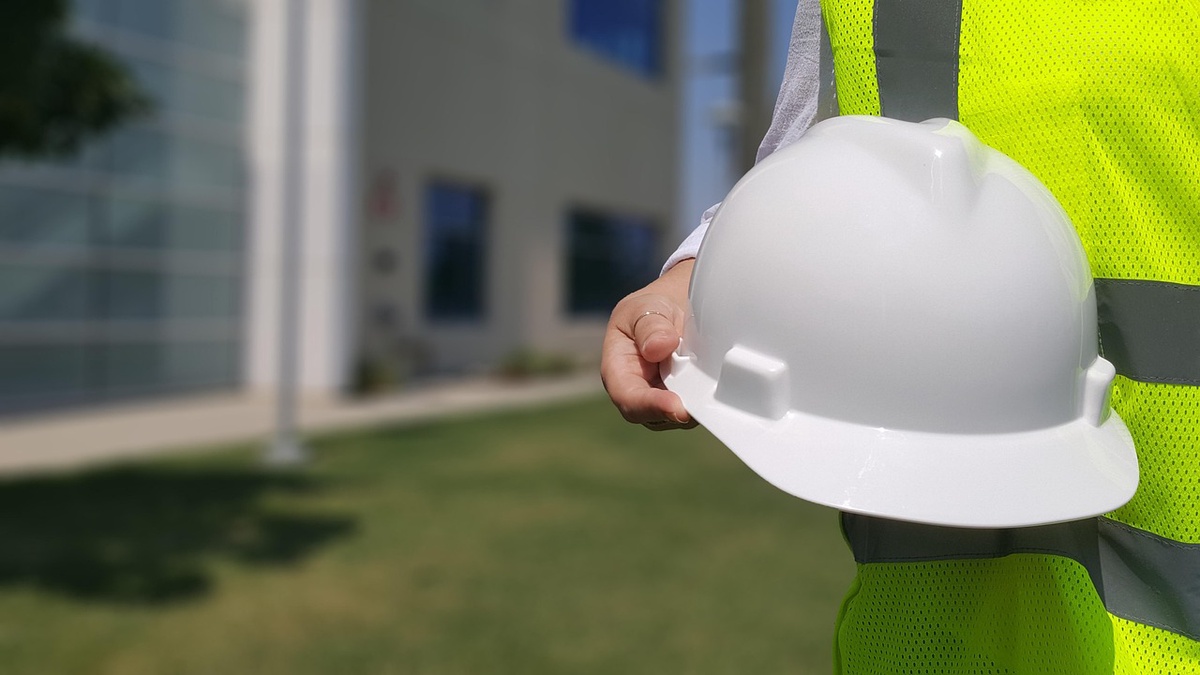Safety concerns should be among the top priorities for every business. In the context of field services, there are more aspects to consider than in your average industry.
For one thing, field service jobs are tricky and often risky and require split-second decisions.
That’s why the first thing to do is — educate your teams.
Emergency Preparedness
Safety begins with proper preparations. Managing field service teams can be demanding in this regard as it should observe all recommended practices in this regard.
First and foremost, emergency preparedness is critical. It’s a state of affairs rather than a quick fix and needs to be properly brainstormed and deployed.
E.g., fire safety measures should include fire extinguishers, evacuation routes, periodic fire drills, and regular maintenance of firefighting equipment.
Setting up evacuation procedures is, actually, a necessary step for all businesses. There’s no telling when an unexpected shortcoming might pop up, so provide first aid training and place first aid kits strategically.
Personal Protective Equipment
Personal protective equipment (PPE) is mandatory in a number of industries, field service included. Typical examples of PPE include hard hats, safety glasses, steel-toed boots, specialized gloves, masks, and gowns, chemical-resistant gloves, suits, and goggles, etc.
Electrical Safety
For electrical engineers, adhering to safety standards may make a difference between life and death. Not only for them but also for other people involved in their work as well as clients.
Here’s a checklist for electrical safety to help you get started.
In the meantime, make sure to train your teams in terms of industry safety and health standards, which include:
- NFPA 70 (National Electrical Code)
- NFPA 70E (Standard for Electrical Safety in the Workplace)
- OSHA (Occupational Safety and Health Administration) Standards
- IEC (International Electrotechnical Commission) Standards
- IEEE (Institute of Electrical and Electronics Engineers) Standards
- Local Building Codes and Regulations
Safety in Construction
Construction is another risky industry as injuries can be very serious. Construction safety is regulated by the Occupational Safety and Health Administration (OSHA), a federal agency under the Department of Labor.
OSHA is responsible for establishing and enforcing safety and health standards to ensure construction sites are safe for workers. Some key construction-related safety standards include:
- OSHA's Construction Standards (29 CFR 1926)
Subpart C - General Safety and Health Provisions
Subpart D - Occupational Health and Environmental Controls
Subpart E - Personal Protective and Life Saving EquipmentSubpart L - Scaffolds
- Fall Protection (29 CFR 1926 Subpart M)
Guardrail systems, safety net systems, and personal fall arrest systems
- Electrical Safety (29 CFR 1926 Subpart K)
Safety requirements for electrical systems and equipment used in construction work
- Cranes and Derricks in Construction (29 CFR 1926 Subpart CC)
- Hazard Communication (29 CFR 1926.59):
Communication of hazards associated with chemicals used on construction sites
- Respiratory Protection (29 CFR 1926.103):
Regulates the use of respiratory protection equipment
- Confined Spaces in Construction (29 CFR 1926 Subpart AA)
- Fire Protection and Prevention (29 CFR 1926 Subpart F)
Construction companies are required to adhere to the OSHA standards; it’s not optional. Because there are many aspects to consider, it’s crucial to organize training programs and perform regular inspections to teach and check the implementation of safety protocols.
Safety in Chemicals
The main concern of the chemical industry is hazardous material handling. Training typically consists of topics along the lines of proper storage, handling, and disposal of chemicals. However, the list doesn’t end there.
Workers in the chemical industry also use PPE and need to be familiar with emergency response protocols.
Another aspect of concern is chemical exposure prevention. This is typically addressed by the implementation of ventilation systems and the proper use of respiratory protection. Still, regular monitoring of exposure levels is highly recommended nevertheless.
Regulatory Compliance
Other safety standards to keep in mind to keep in mind in addition to OSHA include ISO certifications related to safety.
Here are some ideas to consider:
- ISO 45001: Occupational Health And Safety Management Systems
- ISO 45003: Psychological Health and Safety at Work
- ISO 31000: Risk Management
- 26262: Functional Safety for Road Vehicles
- ISO 12100: Safety of Machinery
- ISO 13849: Safety of Machinery - Safety-Related Parts of Control Systems
- ISO 50001: Energy Management Systems
Educating Your Teams
As aforementioned, education plays a critical role in preventing injuries in the workplace. While some topics are industry-specific, others can be used in any environment and should be taught to all workers.
Basically, avoiding workplace injuries requires awareness of one’s surroundings, that much is evident. However, why not expand on the topic and teach your workers the required steps?
Here are some tips:
- Check the ground for spills or objects that you could trip over
- Encourage workers to use tools and equipment safely to prevent injury
- Encourage others to use mechanical assistance to help lift objects
- Take note of the gear and safety measures necessary for target operations
- Keep emergency exits open and unobstructed
- Always use solid ladders (not improvised ladders)
- Before utilizing railings, make sure they are securely fastened by testing them first
- Know where the first aid kits are located
- Know which employees have received first aid training in case of an injury
- Use the necessary signage to identify hazardous materials and areas
In a nutshell, empower your workers to be independent, aware, and skilled at the same time while aligning with necessary standards.


No comments yet